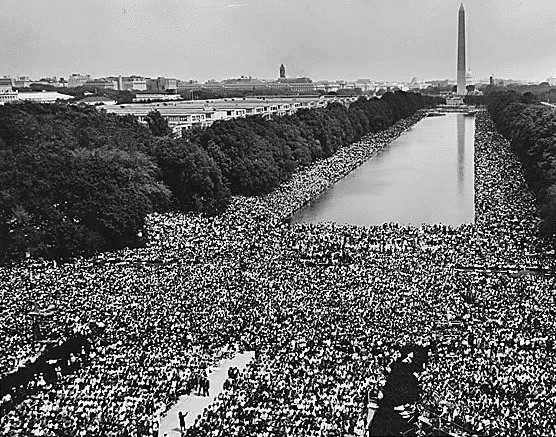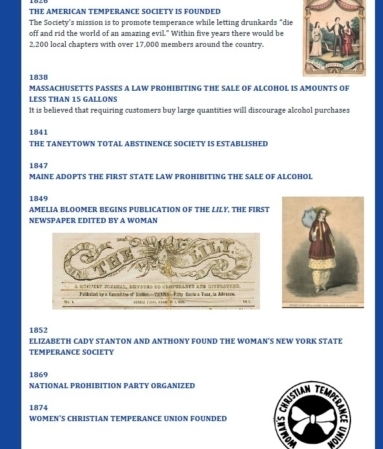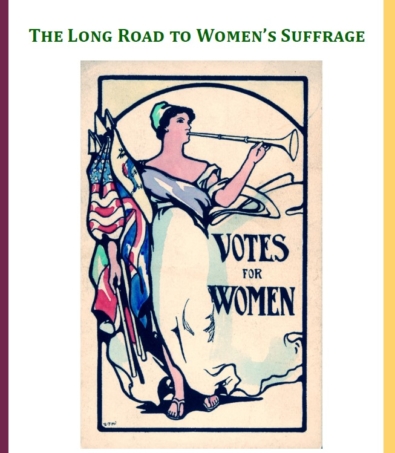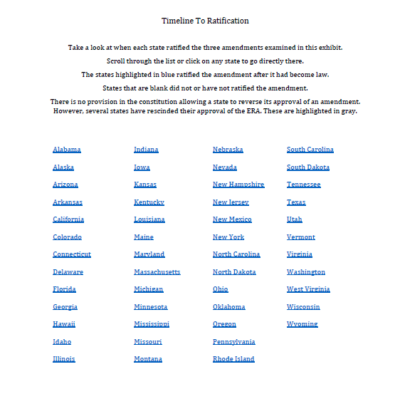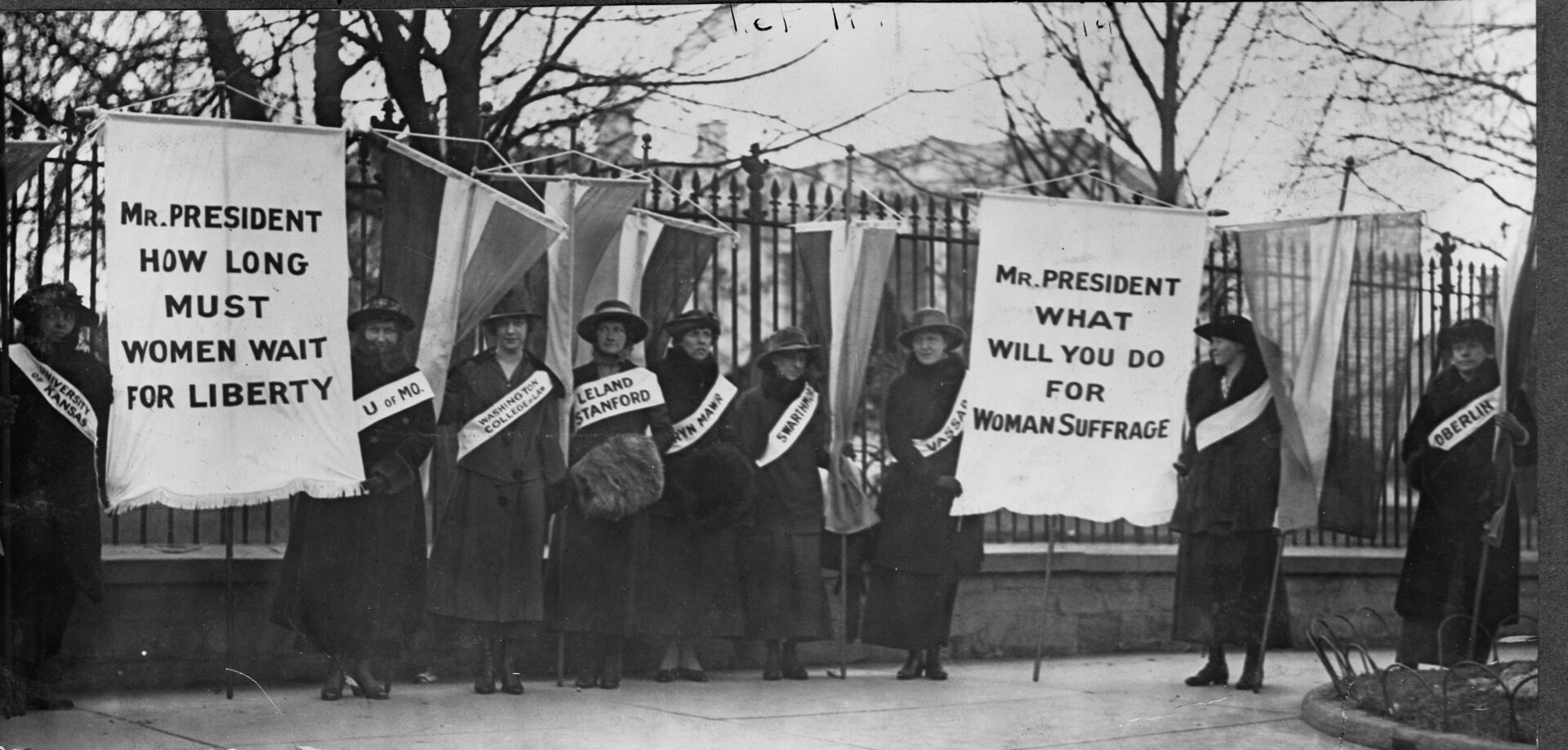
The Historical Society of Carroll County is joining a national movement to commemorate the 100th anniversary of the passage of the 19th amendment granting women the right to vote. The Breaking Barriers exhibit examines the two largest women’s movements of the 19th and early 20th centuries: Temperance and Woman’s Suffrage.
The celebration is also a reminder that the work is not done. For example, women in the same occupations are often paid less than men, women are underrepresented on corporate boards and are in the minority in the technology industry. Like their predecessors, today’s trailblazing women will inspire future generations of young women to fully embrace and development their talents regardless of gender.
This exhibit begins with the temperance movement. Prior to suffrage, the temperance movement provided a forum for women to flex their political muscle through governmental channels. Next, we move into the suffrage movement. We focus on both the hardships and the successes to remind visitors that the vote was not easily attained. The exhibit then touches on the role of women in the Civil Rights Movement and a push in the 1970s for an Equal Rights Amendment. Lastly, the exhibit highlights current trailblazing women in Carroll County today.
Thank you for visiting!
Please note, appointments are required to visit the physical exhibit space located at 216 East Main St. Westminster, MD 21157
Please call 410-848-6494, ext. 200 to schedule your tour!
Temperance
The temperance movement in the United States began in the 1820s, and initially concentrated on reducing the use of hard spirits rather than on abstinence from all alcohol. Women played leading roles in the temperance movement. The Woman’s Christian Temperance Union (WCTU), established in 1873, would grow to become the largest woman’s group in the country.
Many temperance advocates would also play a role in the fight for woman’s suffrage. In 1852, Elizabeth Cady Stanton and Susan B. Anthony were key players in the founding of the Woman’s New York State Temperance Society, the first women’s temperance society in the country. Both women would become better known for their roles in the suffrage struggle.
Click the image to the left to explore the Temperance movement
Suffrage
From the Seneca Falls Convention in 1848 to the “Silent Sentinels” who suffered abuses in Washington, D.C., in 1917, American suffragists were driven by the belief that women were fully-fledged U.S. citizens and deserving of the right to participate in the nation’s democratic process.
But ratification of the 19th amendment was not the end of the struggle. From the Civil Rights Movement to the Equal Rights Amendment, women continue to break barriers in business, government, education, and many other fields.
Click the image to the right to explore the Suffrage movement
Conclusion: The ERA and Civil Rights Movement
The battle for gender equality did not end with passage of the 19th amendment. The work of African American women, for the benefit of all women, was not done. These women played a critical role in the Civil Rights movement that eventually led to the passing of the Voting Rights Act in 1965, which prohibited discrimination in voting. In 1963, 31 Carroll Countians traveled to Washington D.C. to join the March on Washington for jobs and freedom. Included in that group was current Carroll County NAACP Branch President, Jean Lewis and husband, John Lewis.
Though not enough states voted in favor for the Equal Rights Amendment (ERA) ito be ratified, the controversy touched Carroll County. In 1977, at age 85, Dorothy Elderdice, a well-known community leader, led a walk-a-thon in support of the ERA. A group of 23 ERA supporters walked back and forth on Main Street in Westminster.
Please click the image above to read more about these movements



